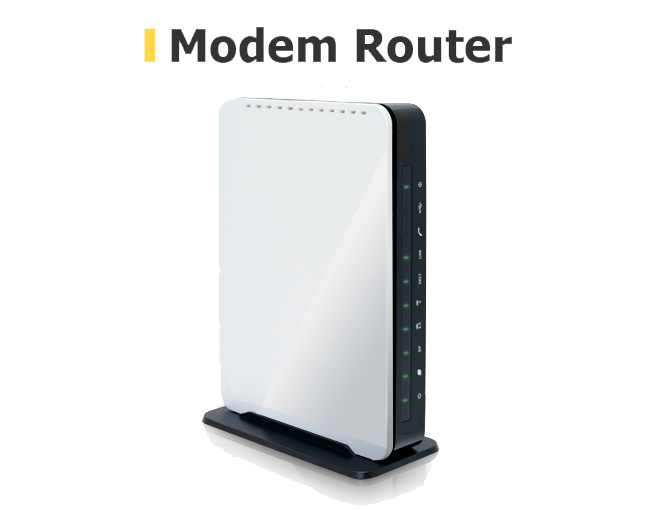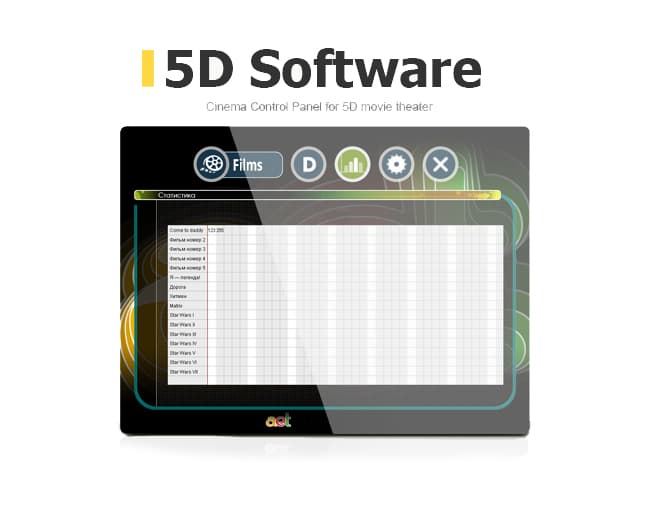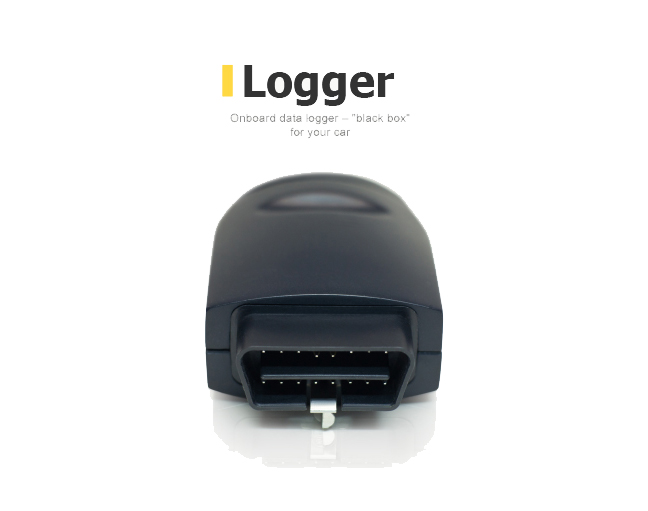
Embedded
Software
Speed Up Your Embedded Software Development
- Flexible work approach: we cover all your needs, from minor adjustments to full-cycle product ownership.
- Broad technical expertise in working with open and proprietary operating systems, developing firmware, user apps, and Android and Linux Kernel solutions.
- 20 years of experience backed by our advanced IT infrastructure and successfully completed projects for clients worldwide.

More about our domain-specific software development:

Pavel Moroshek, Head of Embedded Engineering Unit at Promwad
Looking for Reliable and Quick-Turned Embedded Software Development Services?
Finding a tech partner quickly might be challenging
Achieve on-time project delivery with Promwad
With 20 years of experience, our team offers end-to-end design and support for various solutions – from IoT devices to large industrial control units. We can join your project as quickly as required and guarantee that your embedded product design meets the most complex industry standards.

Benefit From Our Services

Expert team assembly
To ensure the perfect match for your project, we carefully select engineers with the experience, mindset, and technical knowledge necessary for your industry and specific business requirements.

All-in-one product development
In addition to embedded software, our services cover hardware design, material selection, prototyping, application development, UI/UX design, and assistance in selecting manufacturers for mass production.

Your technical product owner
We can manage the entire product development lifecycle. Our team provides guidance during the ideation stage, updates your solutions with new technologies, and ensures continuous post-launch maintenance.

Cross-domain expertise
Promwad has extensive experience in a wide range of industries, including automotive, telecom, industrial automation, robotics, digital TV, and video streaming.

Required IT infrastructure
For your project, we'll provide essential development infrastructure featuring advanced tools and establish transparent reporting with detailed updates at every stage.

Fair pricing and reliable roadmap
Ensure competitive pricing without compromising on quality. We offer clear embedded software project plans with fixed deadlines and budgets backed by independent evaluations.
Our Areas of Expertise

Telecommunications

Automotive

Smart home

Industrial
automation

Multimedia &
entertainment

Consumer
electronics
Our Technical Expertise
Telecommunications
Embedded system design and development for set-top boxes and network devices in compliance with the high requirements for bandwidth and quality of service (QoS):
- System and user software for routers, switches, hubs, and STBs
- Drivers for network chips and interfaces
- User interfaces for managing network devices and infrastructures
- VoIP solutions and SIP clients
- Implementation of RDP, Citrix ICA, VMwareP CoIP protocols
Media and entertainment
Embedded system design for media players, tablet PCs, 3D TVs, video registration devices, e-book readers, and 5D cinema solutions:
- Implementation of video/audio codecs
- Content compression and protection
- Code profiling and optimisation
- Creation of modules that invoke hardware multimedia processing capabilities
- Porting of software and localisation of third-party components for multimedia devices
- Integration of individual software components into a single product
- Creation of user interfaces based on JavaScript, CSS3, HTML 5, Adobe Flash
Automotive electronics
Reliable automotive systems designed in compliance with the AUTOSAR and MISRA standards: fault-tolerant solutions for onboard computers, engine control units, in-car infotainment and navigation systems, and other onboard electronics. Our portfolio features various successful projects for European and American car manufacturers.
Consumer electronics
Embedded software solutions for consumer electronics, such as mobile gadgets, smart home, IoT and navigation devices (GPS) based on Linux, Android and other OS.
Software Levels and Solutions for Linux Embedded and other OS
As an embedded software development company, we can deliver services at all levels, from bootloader to server software. Our team writes code compliant with industry-specific standards and uses specialised testing methodologies to design reliable and user-friendly solutions.
Bootloaders
Target platform configuration and optimisation (low-level programming).
Hardware testing systems and secure software update modules engineering.
Operating Systems
Interfaces, protocol stacks, device drivers and hardware-dependent code development.
Applications
Software modules development, porting and localisation, third-party component integration, UI and cross-platform application design.
Firmware
Merging of standalone components into a single product, distribution files optimisation and configuration, file system images preparation, and creation of bootable live-CDs for different purposes applications.
Server Software
Software engineering to integrate devices into a full-fledged system with set parameters, creation of infrastructure or hardware pool management solutions, and web interface design.
Industrial Automation and Real-Time Systems
Our embedded system design for industrial automation and real-time systems adheres to the strictest response time and reliability standards.
Collaborating With Promwad: A Closer Look
Equal level of professionalism spread over a number of technical expertise
“Promwad eradicated the pain-points associated with complex development projects. The client received the project within the agreed schedule. Above all, they took the initiative to present their ideas and maintained exceptional communication with the company. They impressed us with their equal level of professionalism spread over a number of technical expertise.”
A great job!
“I was also positively surprised by the achievements of Promwad software team on various platforms. They showed strong skills in low-level programming and found solutions on very intricate issues.”
A serious grasp of Linux
“We have been working with Promwad for more than 3 years and their service has always been very good. During this time, they have provided us with top notch hardware and software designs.”

Our Proven Experience
We worked on projects involving specialised industrial processor cards, smart grid systems, and various controllers, including communication and panel (HMI), industrial (PLC), and IEC 61850-compliant solutions. Our team also developed test benches for functional firmware testing on the production site.
More of Our Completed Embedded Software Projects
How We Work With You
Drop us a line about your embedded software development project and get a quote!
We will contact you today or the next business day. All submitted information will be kept confidential.
FAQ
How long does it take to develop software for embedded systems?
- Initiation: the first step includes signing NDAs, gathering and clarifying requirements, and estimating the scope of work.
- Planning: we analyse requirements, create a timeline, identify risks, plan communication strategies, and assemble the project team.
- Development: this phase progresses through defined milestones, encompassing firmware development, prototype creation, and rigorous quality assurance testing.
- Validation: releasing the firmware, preparing technical documentation, and conducting a final review of deliverables.
- Release: we bring the project to fruition through the practical implementation of designs, the integration of components, and the deployment of the system to fulfil its intended purpose.
- Support and maintenance: we provide ongoing support for the firmware, making improvements to functionality, and updating software development kits (SDKs) or libraries as needed.
How much does it cost to develop embedded software?
There is no fixed price for our embedded software development services. The cost depends on the amount of work and the time involved. For “turnkey” engineering, the cost depends on the following factors:
- whether the requirements are fully formed or need to be prepared with our help;
- whether the design is ready or needs to be developed by us;
- the platforms that need to be supported;
- code design (including documentation);
- testing and other project documentation.
In the "team as a service" contract, the cost depends on the time spent on the creation of your embedded system.
Where does the work begin? Do you sign an NDA first?
First, we sign an NDA (non-disclosure agreement) and clarify the details of the project. Then we draft a business proposal. Once the agreement is signed, our engineers get to work and you can watch your idea come to life!
Do you offer quality assurance services for embedded software projects?
Quality assurance for embedded software projects is an integral part of our development process. We ensure thorough testing and verification procedures to uphold the highest standards of performance and reliability in our deliverables. Our QA services include functional testing, integration testing, performance testing, and usability testing.
How are intellectual property rights handled?
Throughout our collaboration, we ensure clear agreements are in place to address ownership and protection of intellectual property. Our standard practice includes signing NDAs to safeguard sensitive information and outlining ownership rights in project contracts. In addition, we will only mention your project on our website and other platforms with your permission.
Will you provide documentation for my solution?
The documentation on our clients’ projects can be divided into the following groups:
1. Requirements + architecture.
2. Technical description of features.
3. Comments in our code.
4. User documentation.
We do the architecture documentation together with our client. As for the technical documentation, its scope is determined separately, depending on the application complexity and the need for tech support by a third-party team. Timing and cost increase accordingly.























